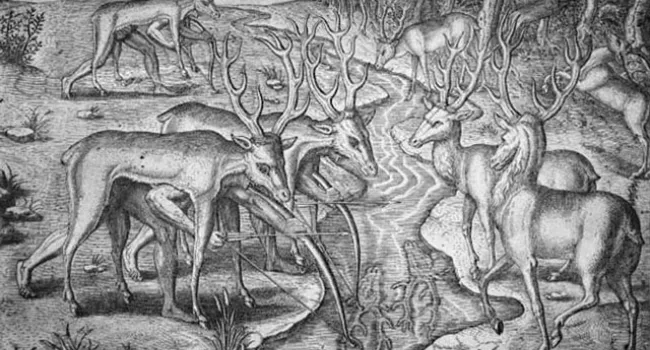
Dr. John Vlach Discusses Clay and Lime Glazes | Digital Traditions
Audio
Dr. John Vlach discusses clay and lime glazes

Audio
Dr. John Vlach discusses clay and lime glazes
Video
Clovis artifacts are found across North America about 13,000 plus or minus 100 years ago. It's a remarkable cultural tradition. Where did the Clovis people come from? Archeology textbooks say the...
Video
Who were the first South Carolinians? The Clovis people were prehistoric nomads, fantastic hunters, and creators of amazing stone tools. This program takes a look at how these people arrived in South...
Video
As the archeologists dig, they're going back in time. Breaking through the plow zone at Topper, they find stone artifacts from the Woodland period, from around 1,000 AD all the way back to 1,000 BC...
Video
From the remains of stone tool manufacturing at Topper, scientists can piece together the marvelous technology that enabled Clovis hunters to kill huge animals. The tools were made from very It's a...
Photo
The title page and first page of hymns, "Cherokee Hymnbook," printed in Philadelphia, for the American Baptists Publication Society around 1820. The Cherokee were a highly organized society, and early...
Photo
How do we know about the people who lived in South Carolina so long ago, whether natives or Europeans? We have a few paintings and drawings, such as those made by John White and Jacques LeMoyne de...
Photo
The Spanish treasure fleet sailed past the coast of Carolina en route to Spain from Mexico and the West Indies. Courtesy of the United States Marine Corps, Parris Island Museum.
Photo
Ribaut's Column. A sketch of the column built by the Native Americans to honor French explorer Jean Ribaut. Courtesy of the South Caroliniana Library.
Photo
These Native American men are hunting, wearing deer hides as disguises. Native American societies in the southeastern United States region were matrilineal: kinship was traced through the mother's...